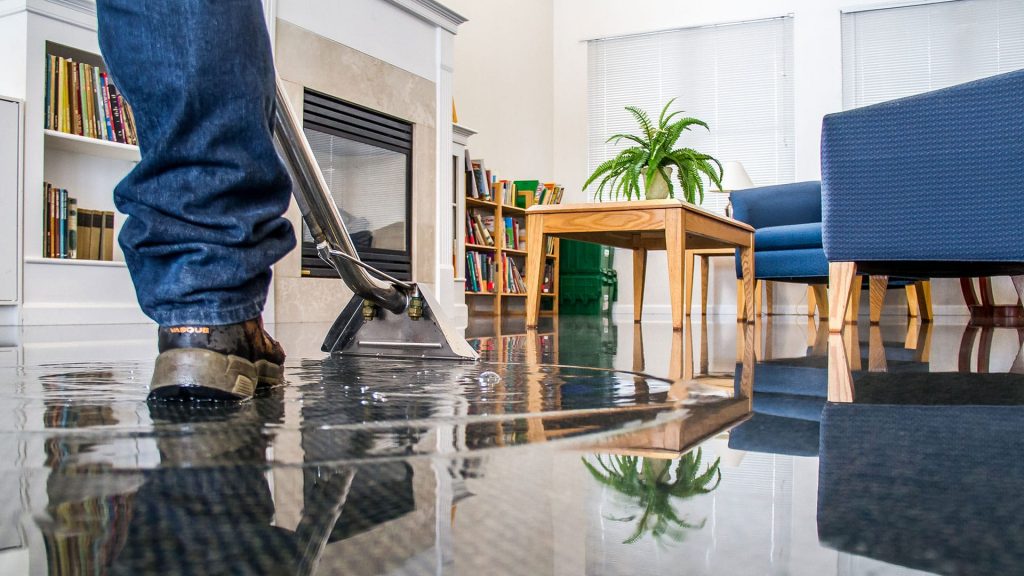Every person will have their own individual assumption with regards to What You Can Do At Home To Prevent Fire And Water Damage.

Water gives life, but water invasion on some components where it's not supposed to be can result in damages as well as trouble. If the water permeates right into your framework, it can peel away the surface area and wear down the product's structure. Mold and also mildew additionally flourish in a wet atmosphere, which can be dangerous for your as well as your family's health and wellness. In addition, houses with water damage scent musty as well as old.
Water can originate from lots of resources like tropical storms, floodings, burst pipes, leaks, and sewer issues. If you have water damages, it's far better to have a functioning expertise of security preventative measures. Right here are a few standards on just how to handle water damage.
Do Prioritize Home Insurance Insurance Coverage
Seasonal water damage can originate from floods, seasonal rains, as well as wind. There is also an occurrence of an abrupt flood, whether it originated from a defective pipe that all of a sudden bursts into your house. To shield your residence, obtain residence insurance coverage that covers both disasters such as all-natural catastrophes, and also emergency situations like broken plumbing.
Don't Fail To Remember to Shut Off Energies
When calamity strikes and you remain in a flood-prone area, turn off the major electric circuit. Shutting off the power avoids
electrical shocks when water can be found in as water serves as a conductor. Do not neglect to switch off the primary water line shutoff as a method to prevent even more damages.
If the floodwaters are getting high, keep your furnishings stable as they can move and trigger extra damages.
Do Keep Proactive and Heed Weather Informs
If you live in an area tormented by floods, stay positive and ready at all times. Pay attention to the news and discharge cautions if you live near a body of water like a river, lake, or creek .
Don't Ignore the Roofing System
Prior to the weather turns shocking as well as for the even worse, do a roof inspection. A better routine is to have a yearly roof assessment to minimize future troubles and also complex problems. An excellent roofing without leakages as well as holes can be an excellent guard versus the rainfall as well as a device to prevent rain damage. Your contractor must take care of the damaged gutters or any other indicators of damage or weakening. An inspection will stop water from streaming down your walls and soaking your ceiling.
Do Focus On Tiny Leaks
There are red flags that can attract your attention and also indicate to you some damaged pipelines in your house. Signs of red flags in your pipes include bubbling paint, peeling off wallpaper, water touches, water discolorations, or leaking noises behind the wall surfaces. Repair as well as evaluate your plumbing fixed prior to it results in enormous damage to your residence, financial resources, and also a personal headache.
Do Not Panic in Case of a Burst Pipeline
Timing is key when it comes to water damage. If a pipeline ruptureds in your home, instantly shut off your main water valve to reduce off the source and stop more damage. Call a credible water damage remediation specialist for aid.
Water offers life, but water breach on some components where it's not meant to be can result in damage and trouble. In enhancement, residences with water damage smell old and mildewy.
Seasonal water damage can come from floods, seasonal rainfalls, as well as wind. Indicators of red flags in your pipelines include gurgling paint, peeling wallpaper, water streaks, water discolorations, or leaking audios behind the wall surfaces. If a pipeline bursts in your residence, quickly closed off your major water valve to reduce off the resource and also prevent more damages.
Some Do's & Don't When Dealing with a Water Damage
DO:
Make sure the water source has been eliminated. Contact a plumber if needed. Turn off circuit breakers supplying electricity to wet areas and unplug any electronics that are on wet carpet or surfaces Remove small furniture items Remove as much excess water as possible by mopping or blotting; Use WHITE towels to blot wet carpeting Wipe water from wooden furniture after removing anything on it Remove and prop up wet upholstery cushions for even drying (check for any bleeding) Pin up curtains or furniture skirts if needed Place aluminum foil, saucers or wood blocks between furniture legs and wet carpet Turn on air conditioning for maximum drying in winter and open windows in the summer Open any drawers and cabinets affected for complete drying but do not force them open Remove any valuable art objects or paintings to a safe, dry place Open any suitcases or luggage that may have been affected to dry, preferably in sunlight Hang any fur or leather goods to dry at room temperature Punch small holes in sagging ceilings to relieve trapped water (don't forget to place pans beneath!); however, if the ceiling is sagging extremely low, stay out of the room and we'll take care of it DO NOT:
Leave wet fabrics in place; dry them as soon as possible Leave books, magazines or any other colored items on wet carpets or floor Use your household vacuum to remove water Use TV's or other electronics/appliances while standing on wet carpets or floors; especially not on wet concrete floors Turn on ceiling fixtures if the ceiling is wet Turn your heat up, unless instructed otherwise

I have been very interested in 5 Home Safety Tips To Reduce The Risk Of Fire And Water Damage and I hope you enjoyed reading our blog entry. Are you aware of somebody else who is intrigued by the subject? Feel free to share it. Thanks for your time spent reading it.